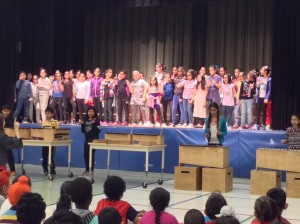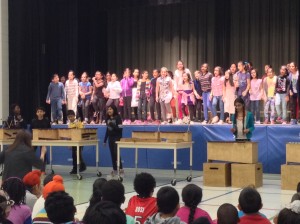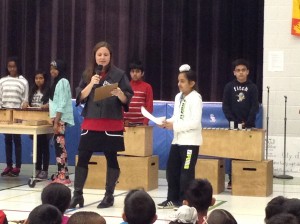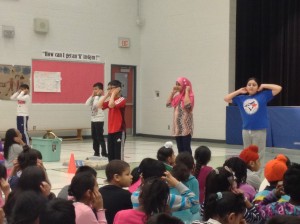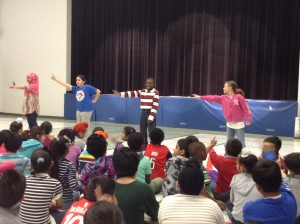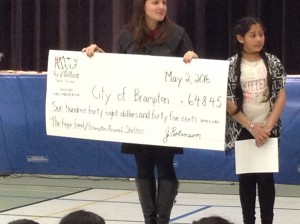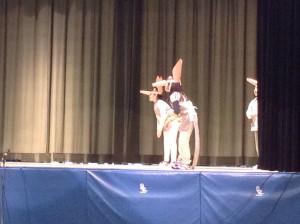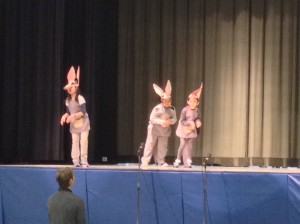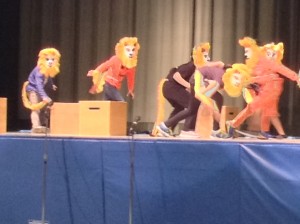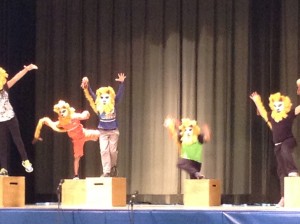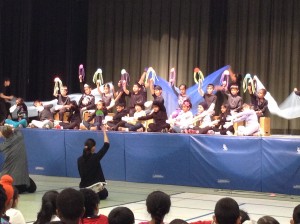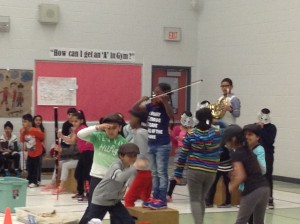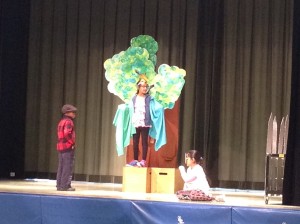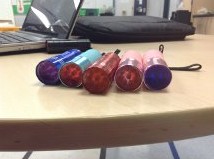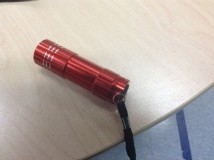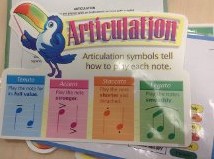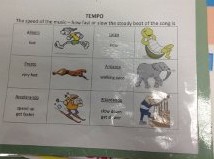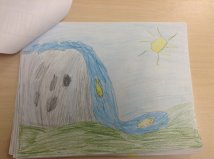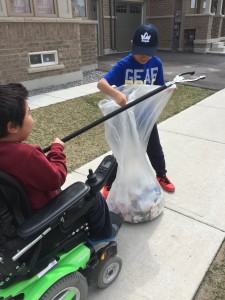Next to journaling and writing for the Heart and Art blog, resume writing is one of my favourite ways to reflect on my practice. The process of communicating my philosophy of education and demonstrating how this plays out in the day-to-day ignites my passion for teaching and learning and reminds me of why I do what I do as a teacher.
Shifting one’s role, whether it be changing schools or position or seeking new experiences, is one of many ways that educators can embrace new learning opportunities and refuel their energy for the journey ahead. Embracing the stance of reflection when composing one’s resume is essential in this regard as it distinguishes candidates amongst a large pool of applicants. The following suggestion are some of the tricks I’ve hid up my sleeves in order to present myself as a strong candidate for the mirage of opportunities within the education sector. Why am I telling you this? I don’t know. But perhaps after many years of my unofficial resumes consulting, these tricks will prove useful in your journey.
1. Use a relevant framework. The Ontario College of Teachers (OCT) governs the teaching profession in Ontario and as such, using the OCT Standard of Practice as a framework for designing your resume structures the narrative of your practice in ways that align with the directives and outcome of best practice. Using the standard heading, Education, Experiences, Interests, etc., may serve useful in less specialized sectors, but as a profession, teacher resumes should mimic the framework that serves to structure our professionalism.
2. Show, don’t tell. I have read countless teacher resumes that indicate that applicants planned and taught lesson. But starting this task that on a resume is not distinguishing at all. Every teacher seeking an opportunity in education must have planned and taught lessons. A more effective way of demonstrating the scope of your practice is to paint the picture of your practice in action. This is where reflection is essential. Rather than telling what you did, show it using an affect-oriented narrative. “Embraced proactive approaches to classroom management in order to nurture a positive learning environment and foster a sense of community” paints a more intentional picture of teacher practice than “Created a positive learning environment.” The latter tells what was done while the former shows how it was done and explains why. What sets the two statements apart? Reflection that articulates the desired outcome of the action being described.
3. Treat the page like limited re-estate. Though not every posting for teachers may stipulate a maximum page number for the resume, I tend to stick to the standard 2 pages rule when applying for teaching positions. With over 7 years of experiences that seems like an impossible endeavor but by being strategic in my articulation I can demonstrate the breadth and width of my practice while maximizing the limited space of 2 pages. Being intentional about what to say, how to say it and where to say it can be fruitful in staying within the page limit. The key is to avoid repetition. Though you may have many teaching experiences that you want to display, be sure to be succinct about only demonstrating a particular aspect of your practice no more than once, regardless if it was something that you employed in other experiences. There are better ways to demonstrate your strength as an educator other than repeating yourself multiple times. Likewise, many resumes are accompanied by a covering letter which structure is very different than that of a resume. It is in your covering letter that your prose can come out in ways that will allow you to delve deeper into your practice. But remember, if you said it in your resume, use the covering letter to say something else.
So there you have it. My 3 easy steps for educators to engage in reflective resume writing. However you decide to engage in it, your resume speaks first, often before you are invited to articulate your vision and passion in person. Write it well. Write it with intention. Write is as a way to stay reflective. In the process you may be reminded, again and again, of just why you truly are an educator.

